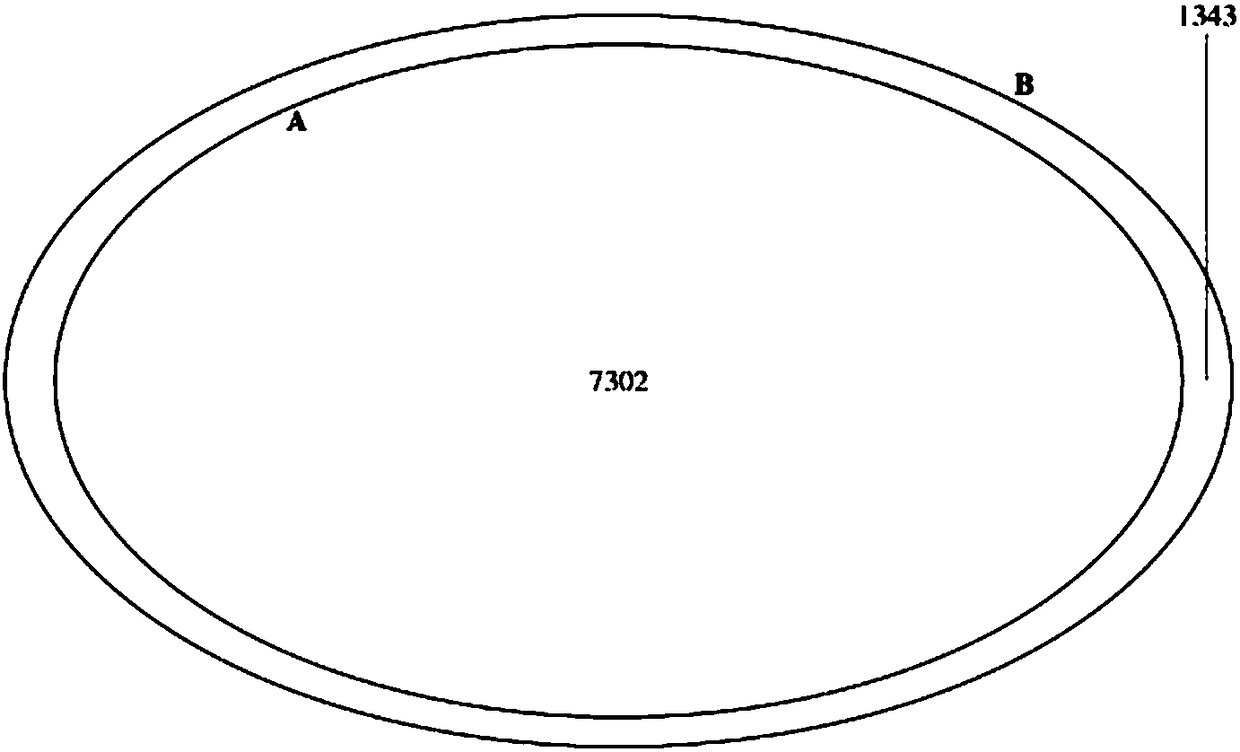Method and system for identifying protein
A protein and target protein technology, applied in the biological field, can solve problems such as identification of polyclonal antibodies, and achieve the effects of easy promotion and application, reliable specificity, and improved screening efficiency
- Summary
- Abstract
- Description
- Claims
- Application Information
AI Technical Summary
Problems solved by technology
Method used
Image
Examples
Embodiment 1
[0052] Example 1 Identification of Rabbit GPC1 Polyclonal Antibody
[0053] (1) Sample processing: the polyclonal antibody is treated with multi-enzyme serial enzymatic hydrolysis;
[0054] (a) Preliminary enzymatic hydrolysis: pepsin enzymatic hydrolysis
[0055] In 25mM phosphate buffer (pH 2.5), hydrolyze the GPC1 polyclonal antibody with pepsin, cut SDS-PAGE gel to obtain F(ab') 2 Fragment, for F(ab') 2 The fragments were subjected to in-gel enzymatic hydrolysis, and the resulting peptides were eluted with gradients by high-performance liquid chromatography, divided into 6 components, freeze-dried in vacuum, dissolved in mobile phase A, and the sample volume was 1 μg, and analyzed by mass spectrometry;
[0056] Among them: pepsin hydrolysis conditions are: polyclonal antibody 50 μg, pepsin: polyclonal antibody (w / w) ratio is 1:100, polyclonal antibody concentration 1 μg / μl, 37 ℃ water bath for 16 hours, add Tris buffer (pH 9.0 ) adjust the reaction system to neutrality;...
PUM
 Login to View More
Login to View More Abstract
Description
Claims
Application Information
 Login to View More
Login to View More - R&D
- Intellectual Property
- Life Sciences
- Materials
- Tech Scout
- Unparalleled Data Quality
- Higher Quality Content
- 60% Fewer Hallucinations
Browse by: Latest US Patents, China's latest patents, Technical Efficacy Thesaurus, Application Domain, Technology Topic, Popular Technical Reports.
© 2025 PatSnap. All rights reserved.Legal|Privacy policy|Modern Slavery Act Transparency Statement|Sitemap|About US| Contact US: help@patsnap.com

